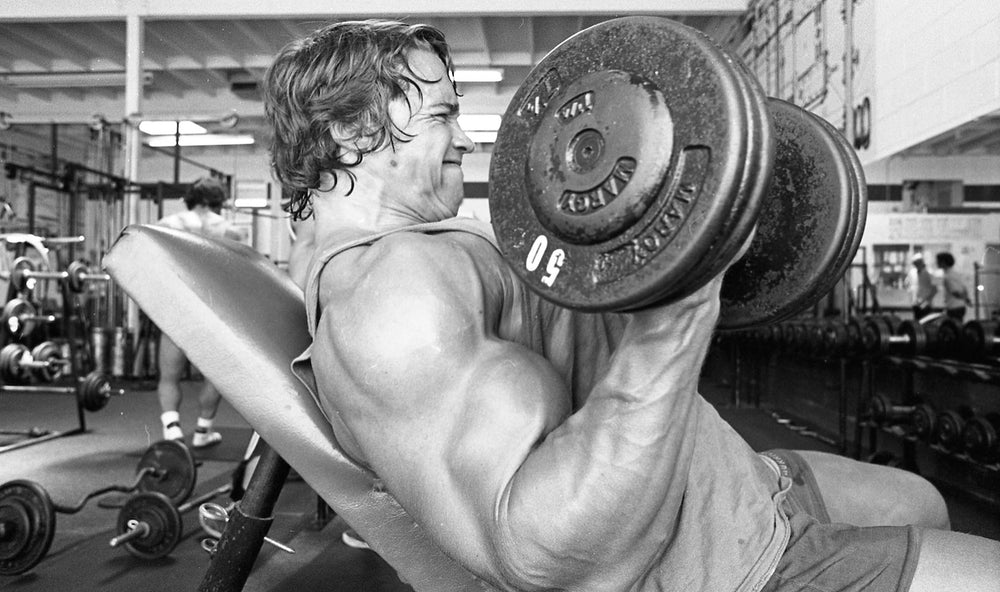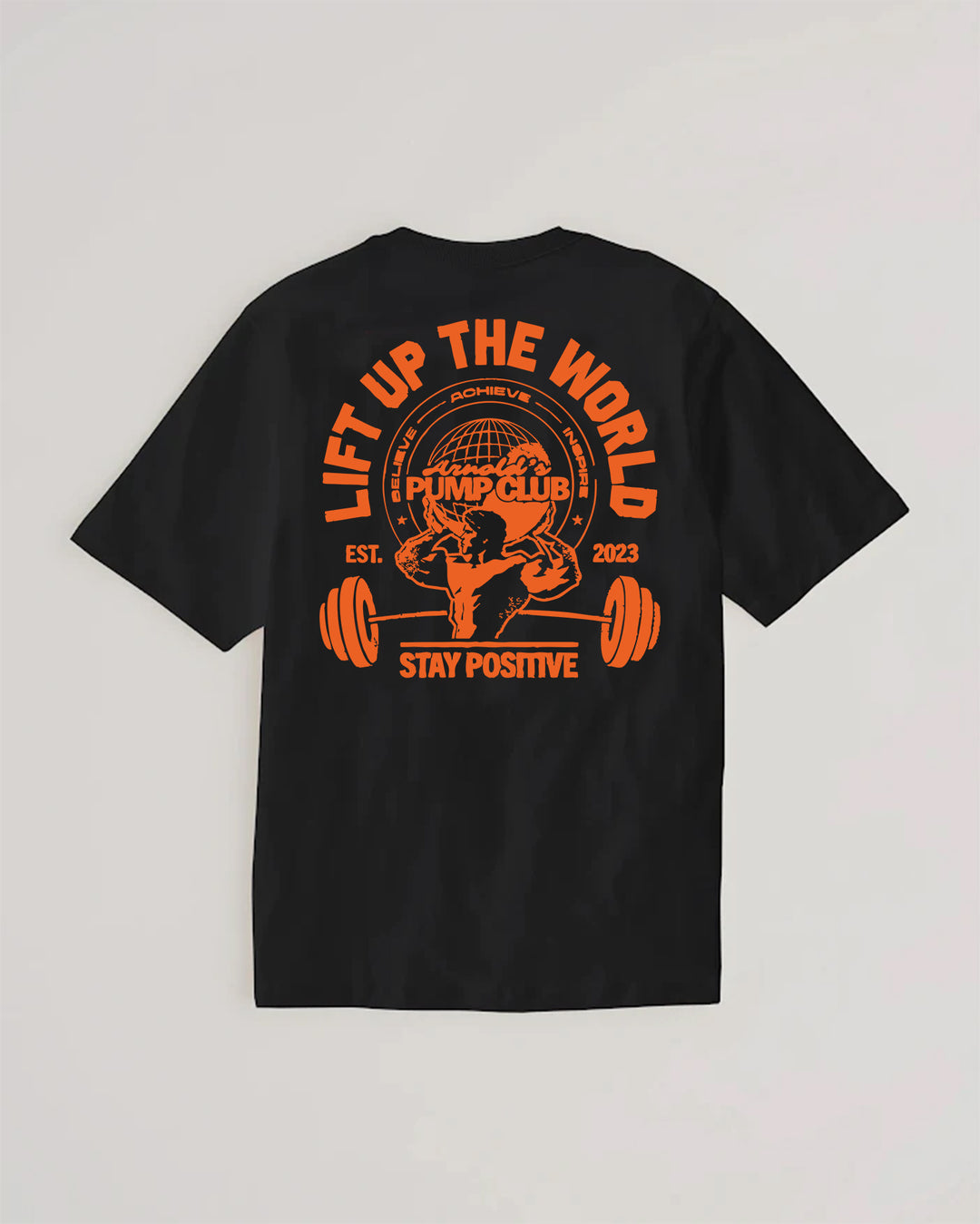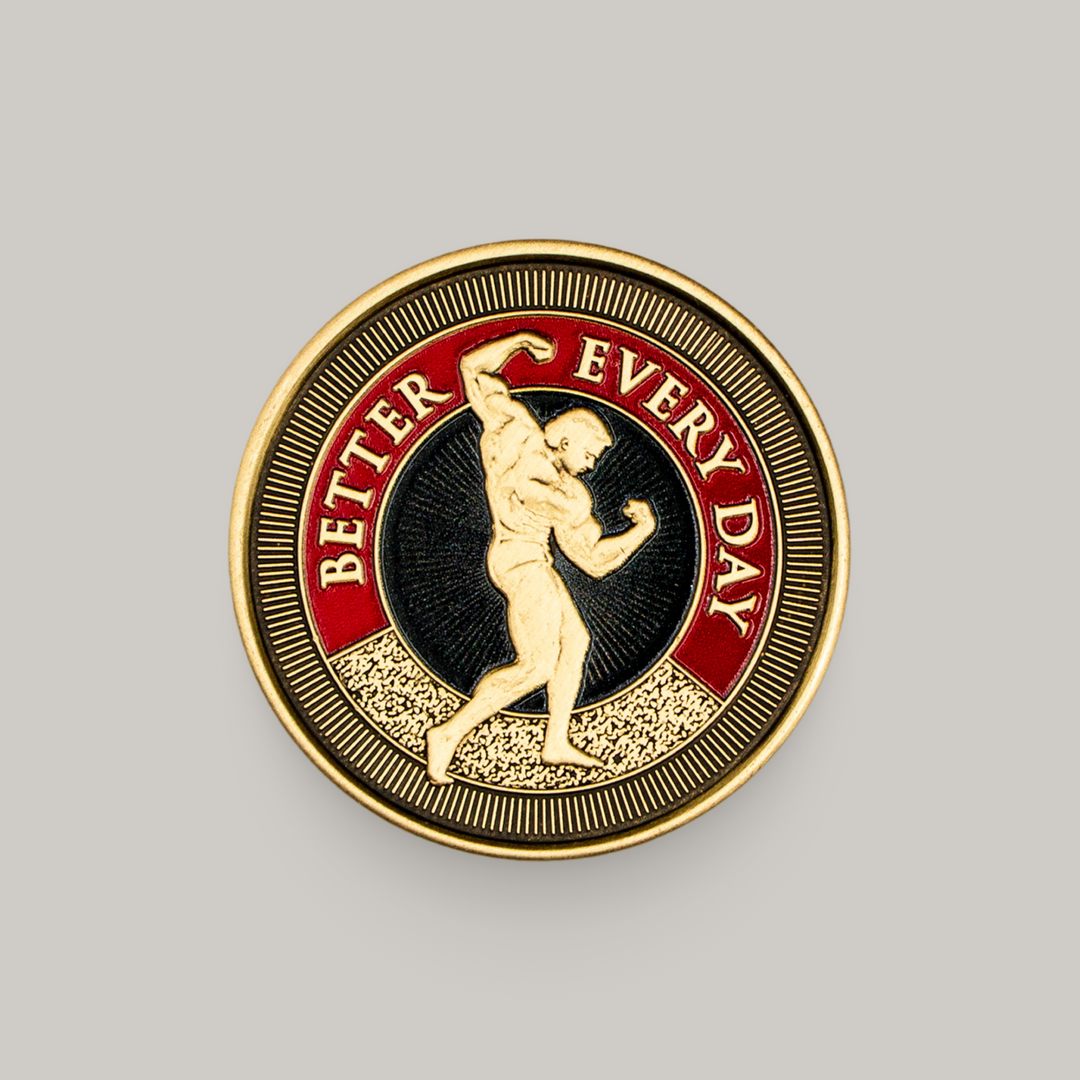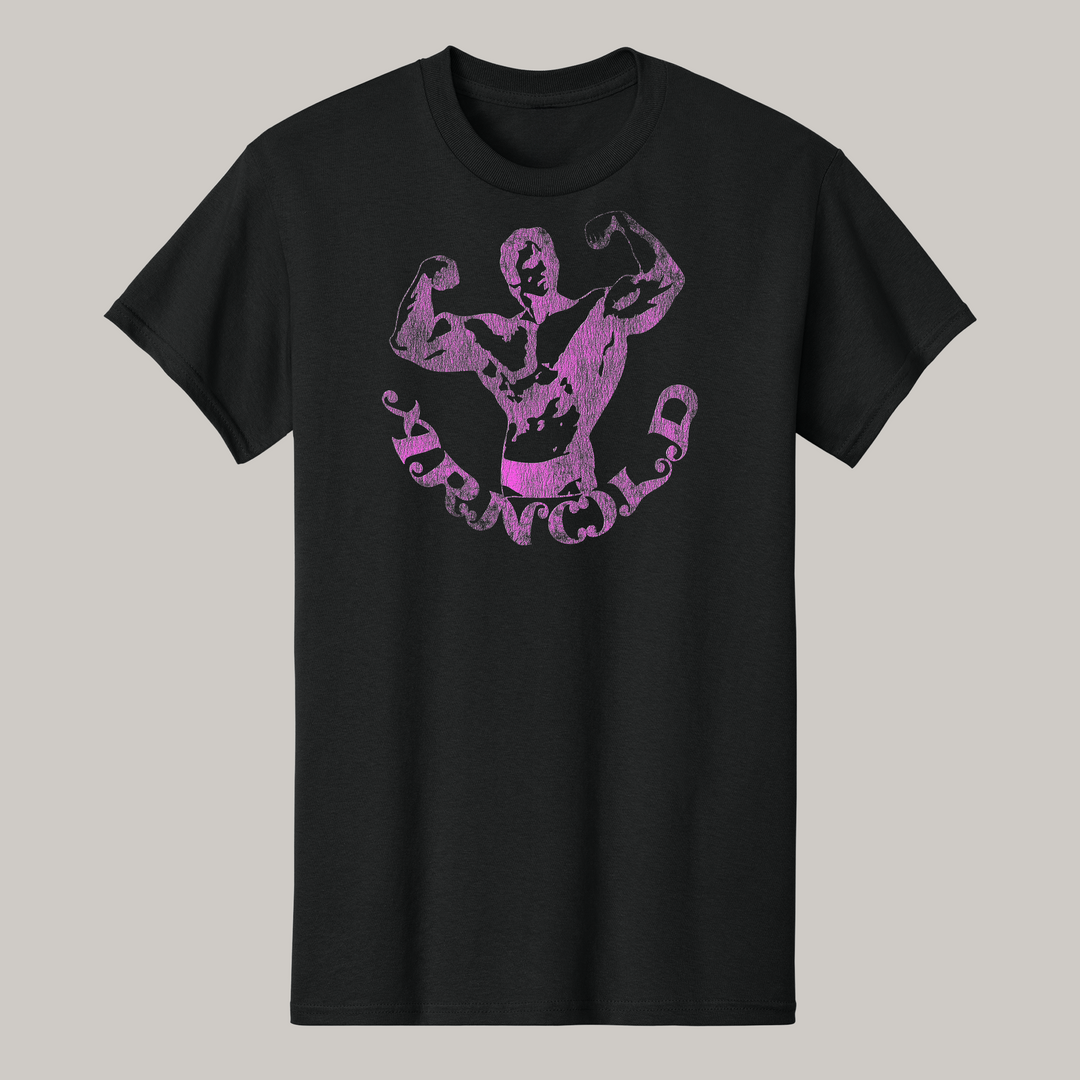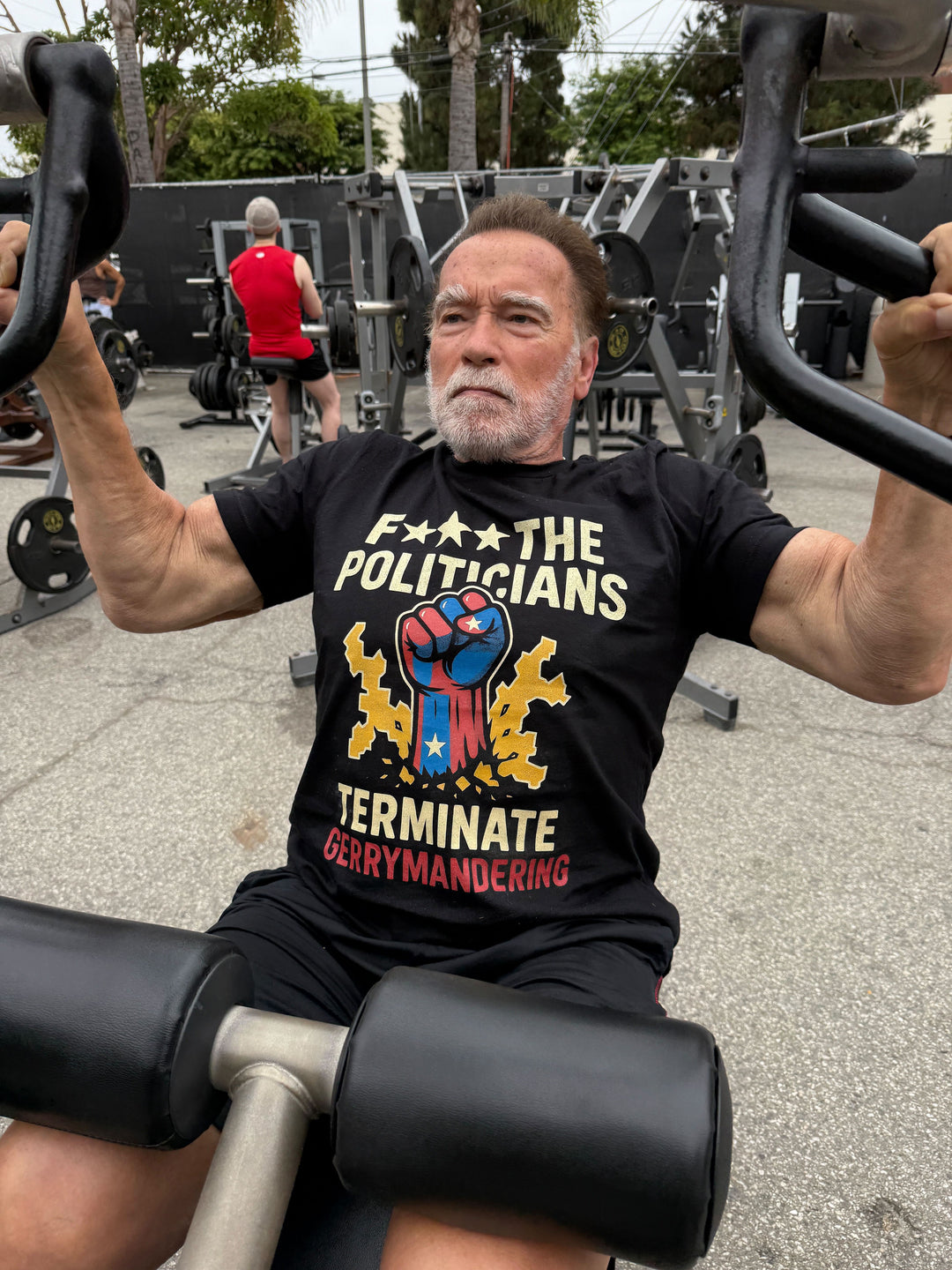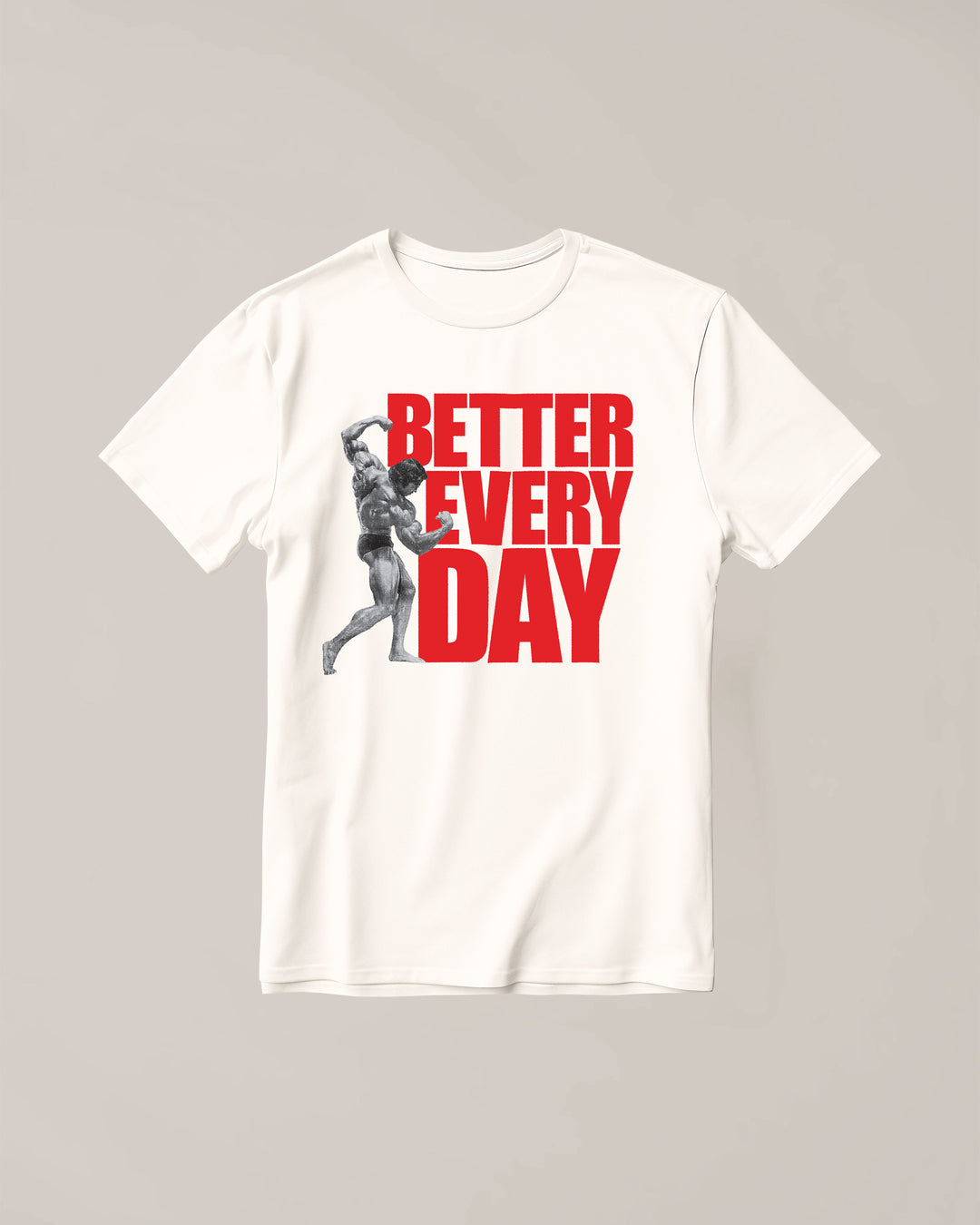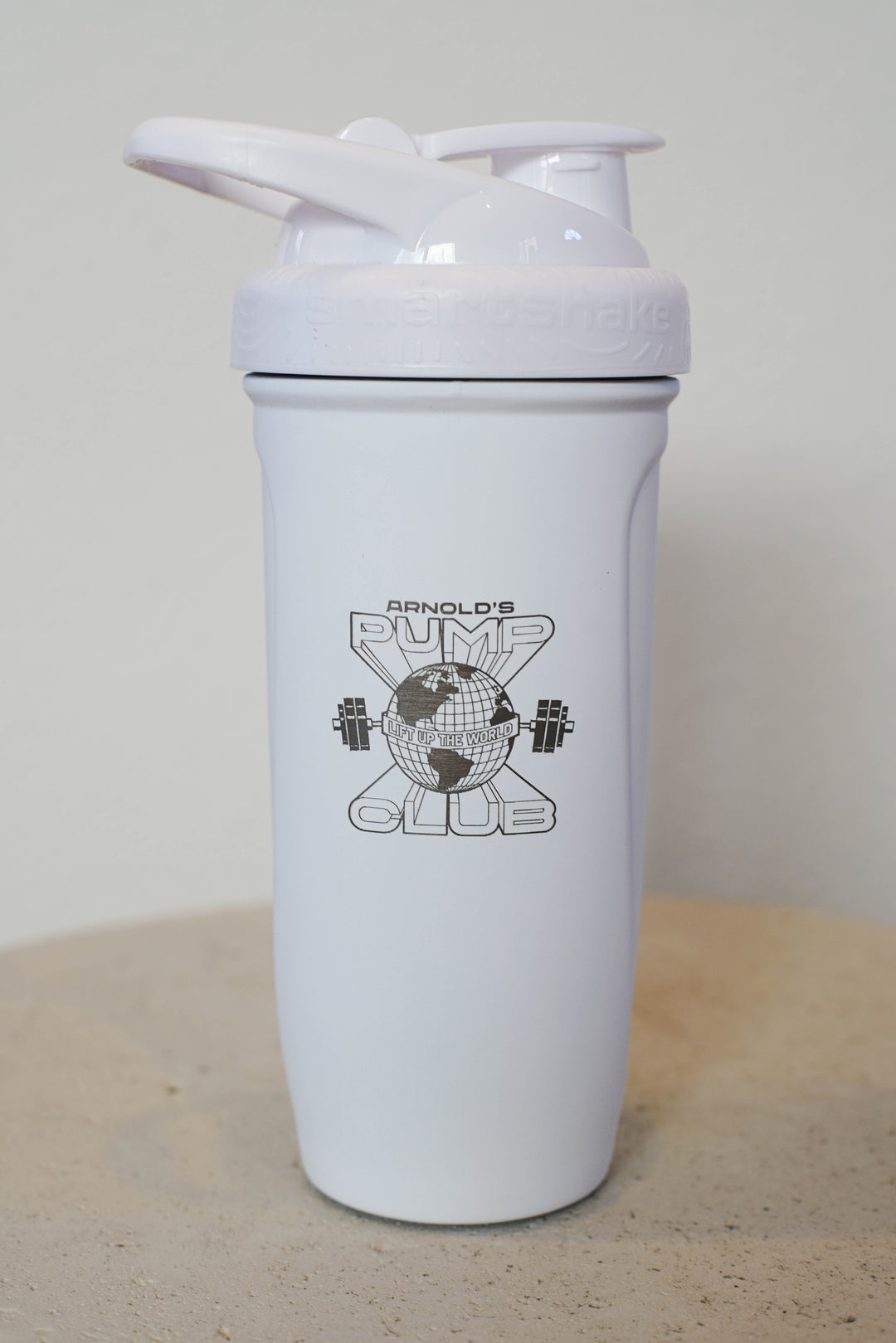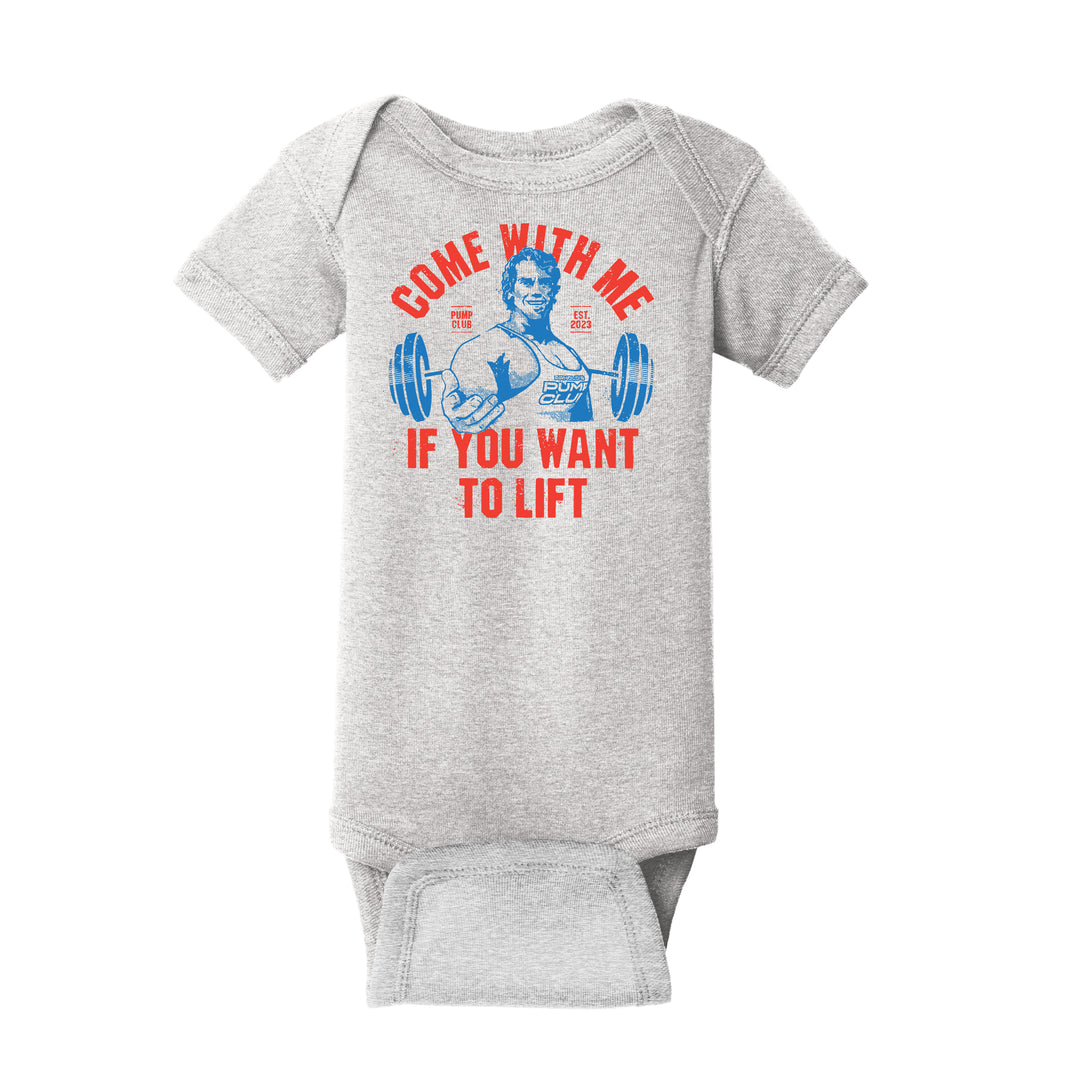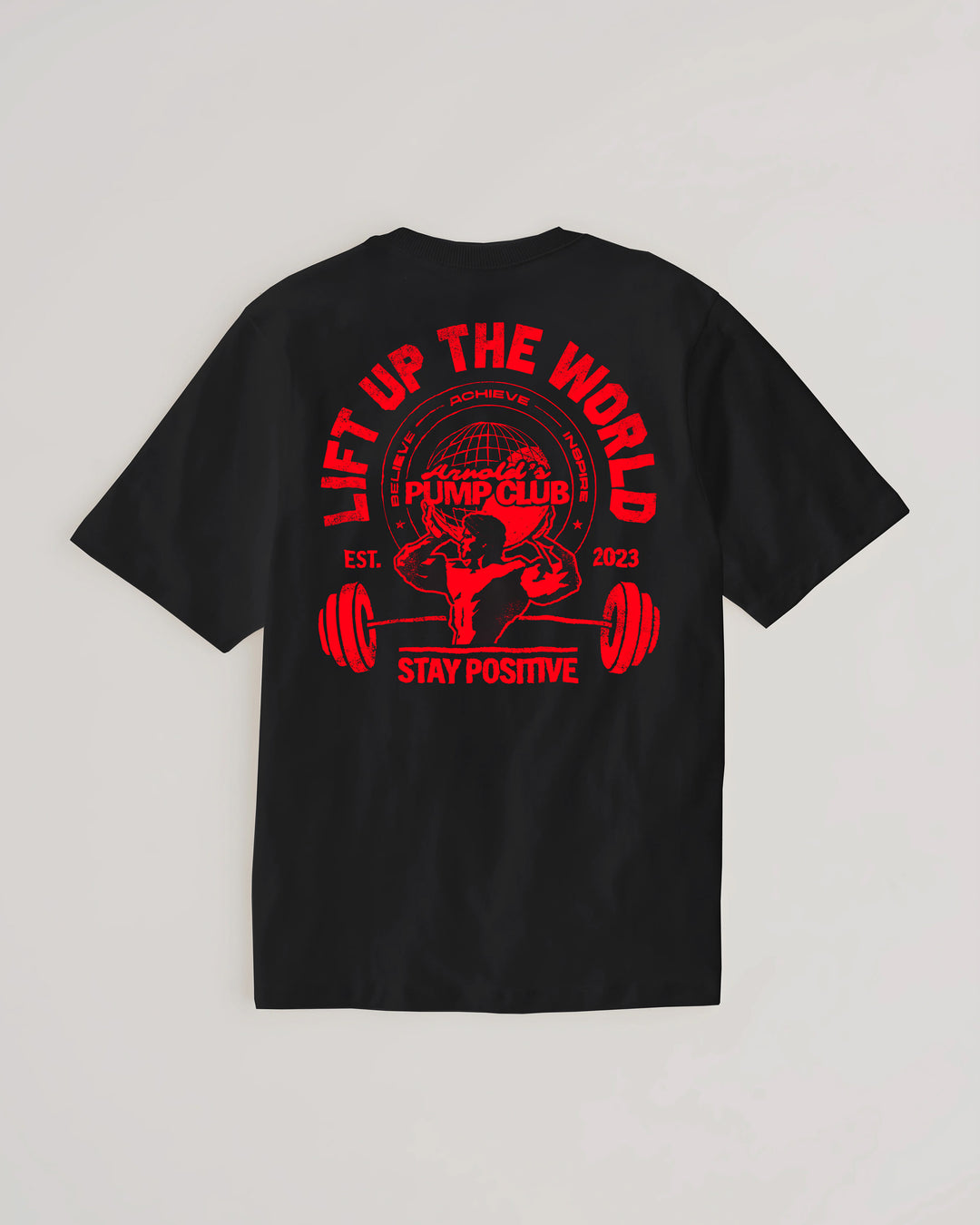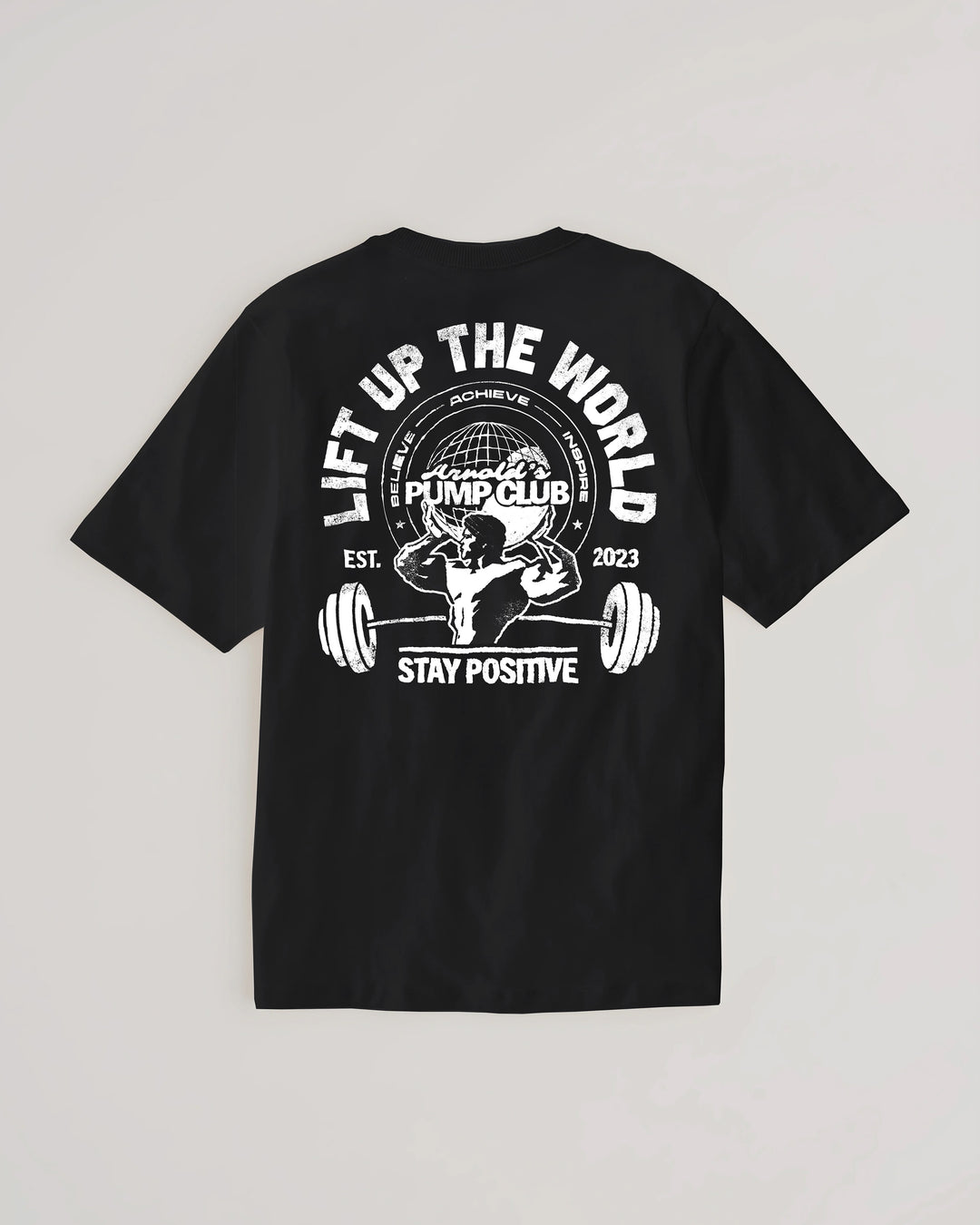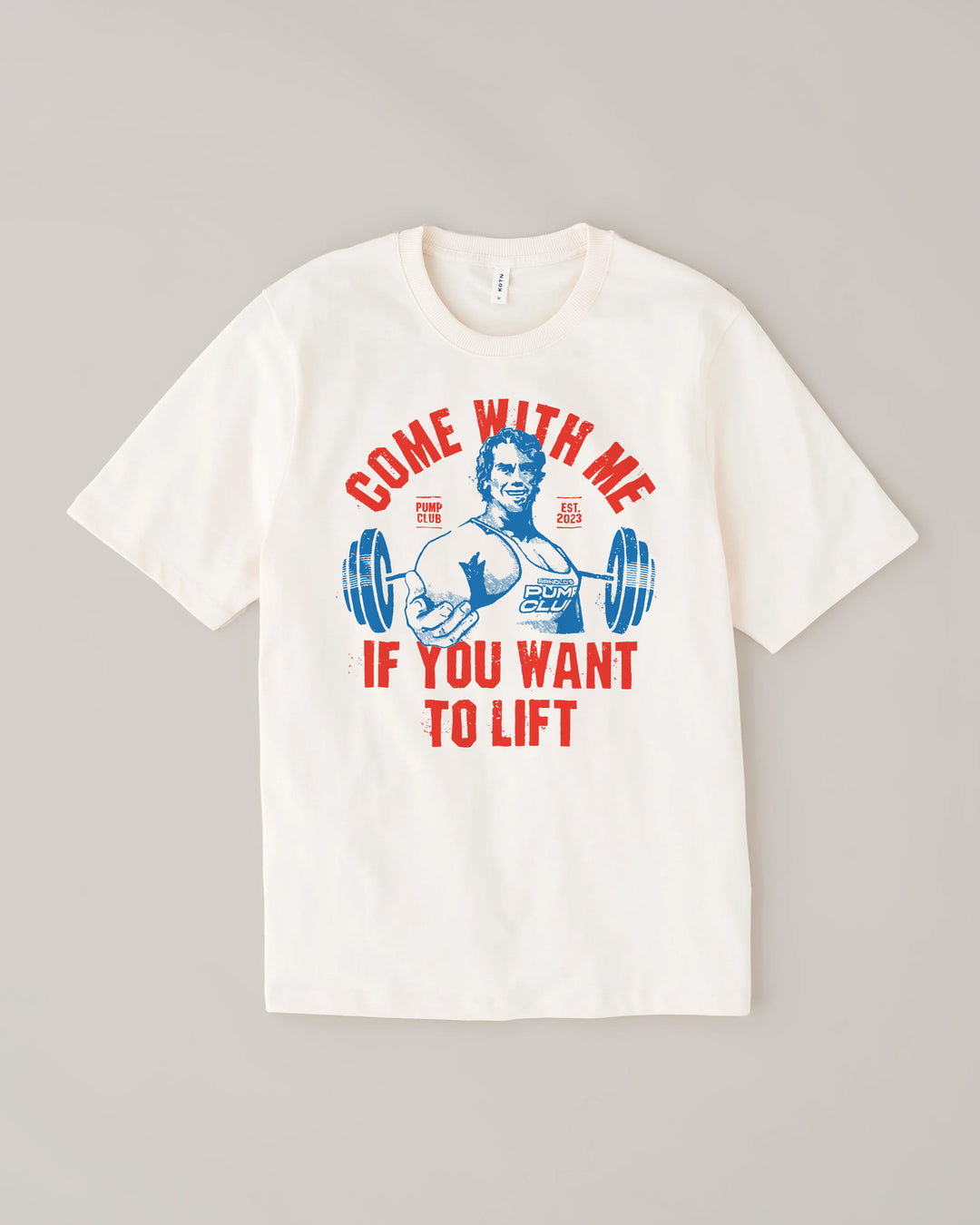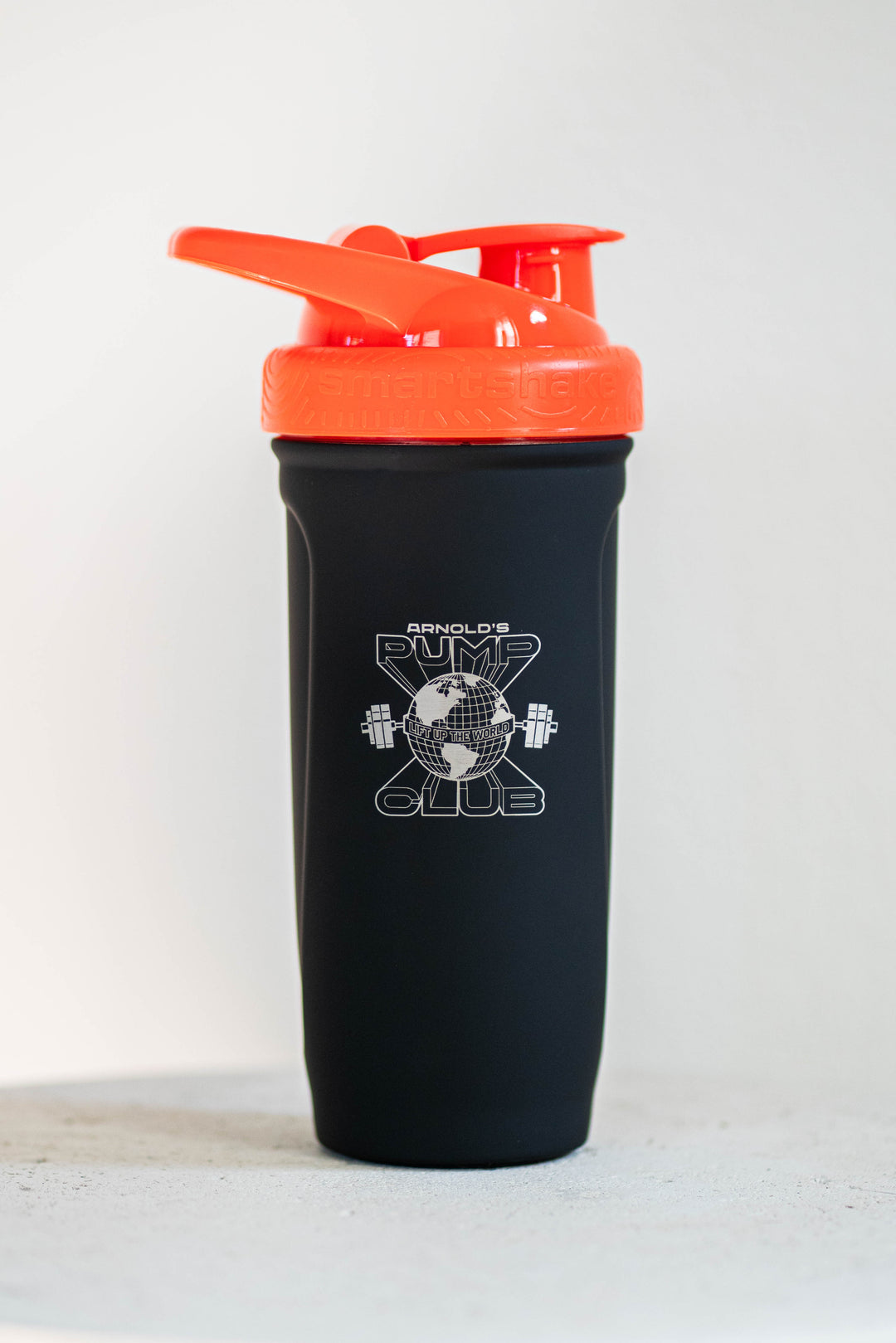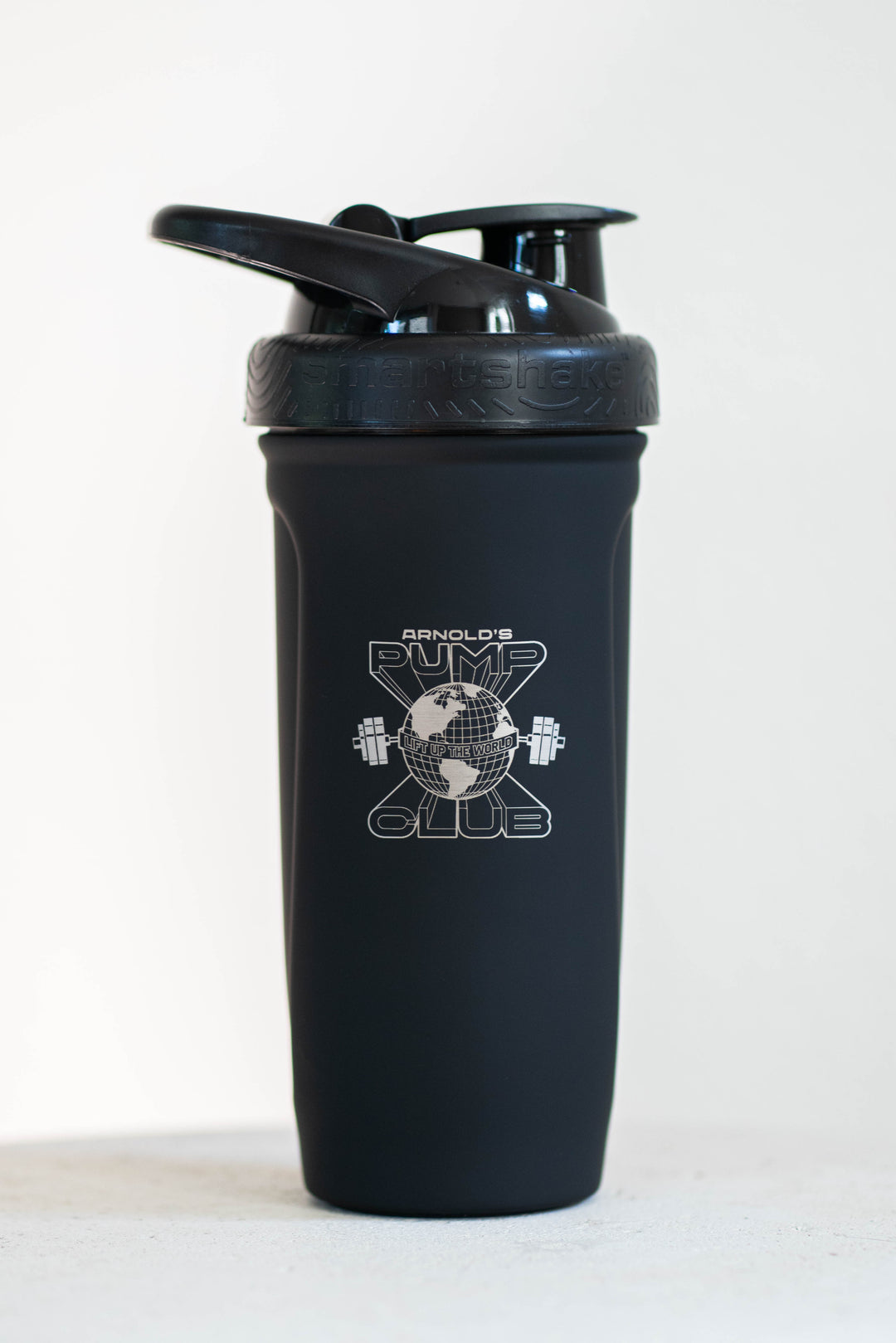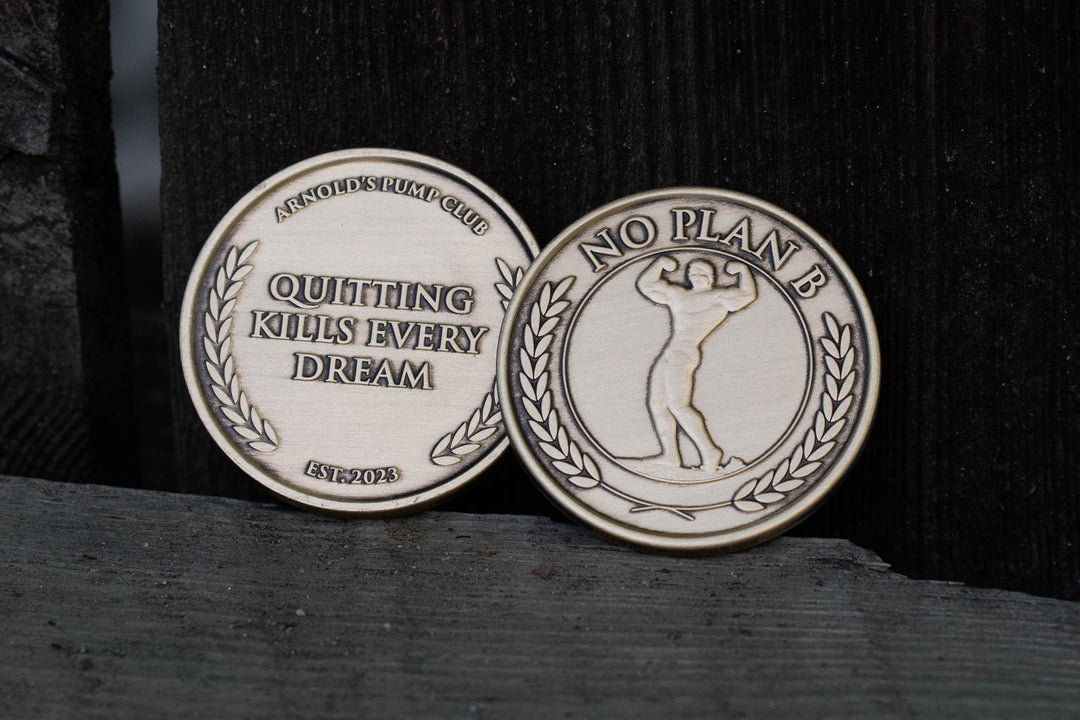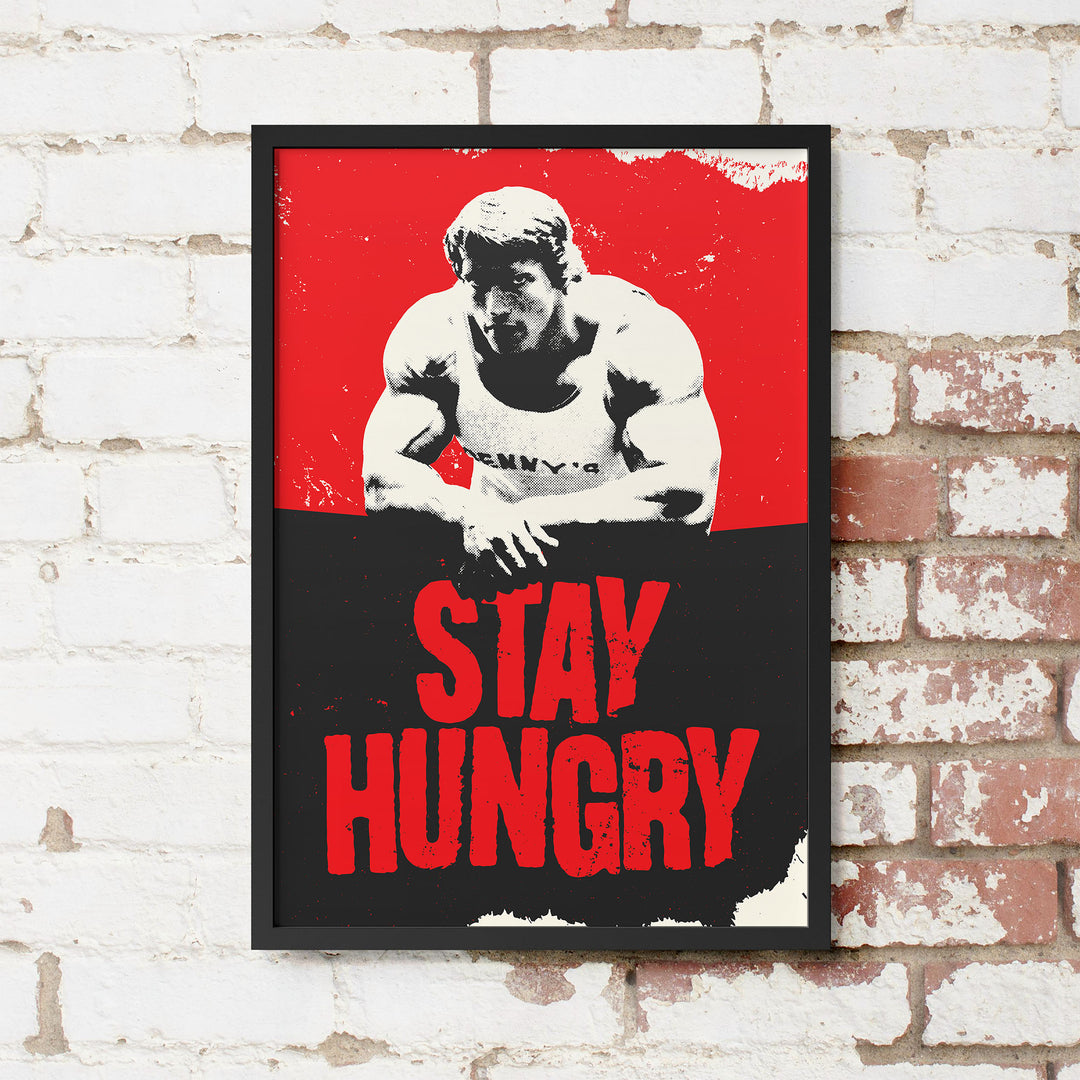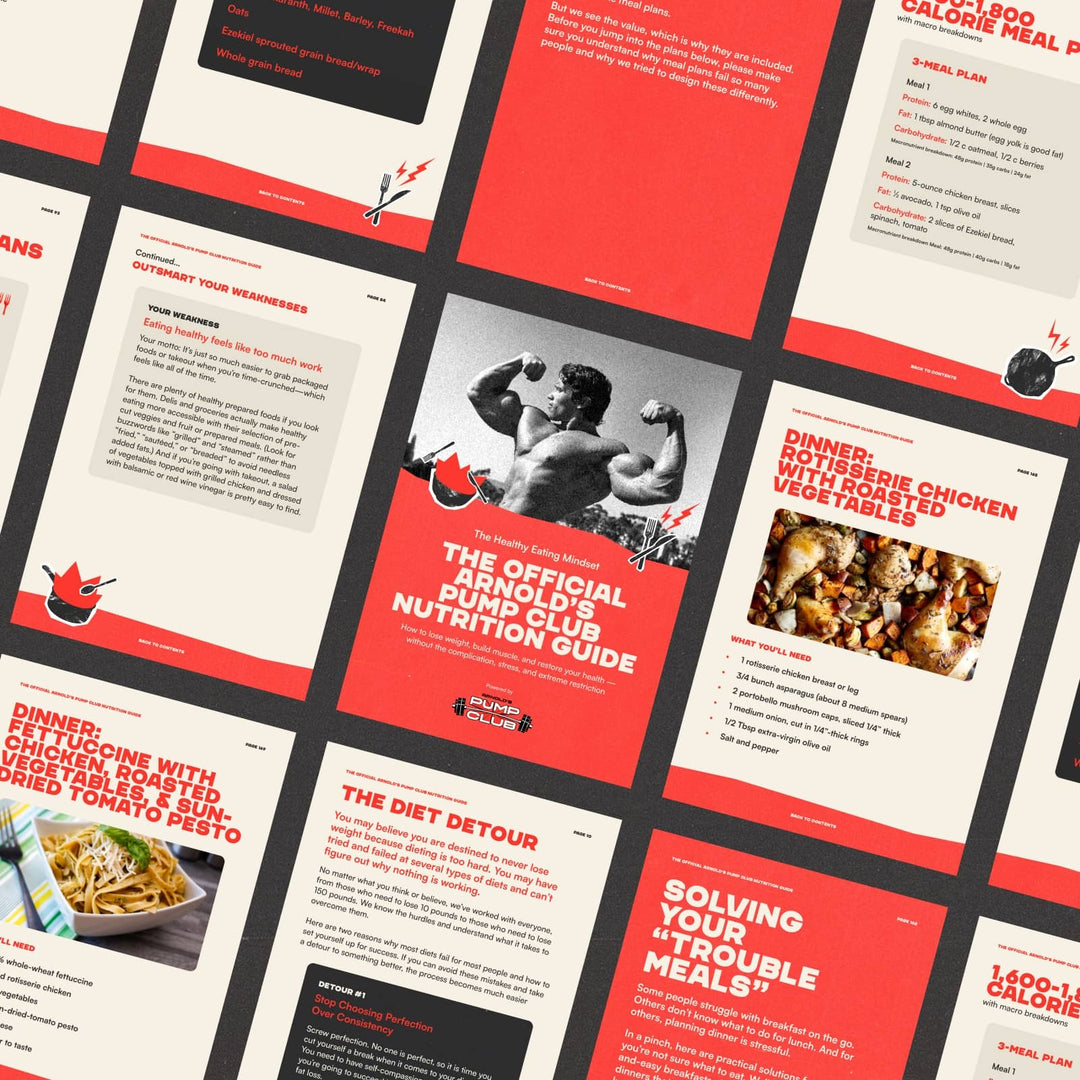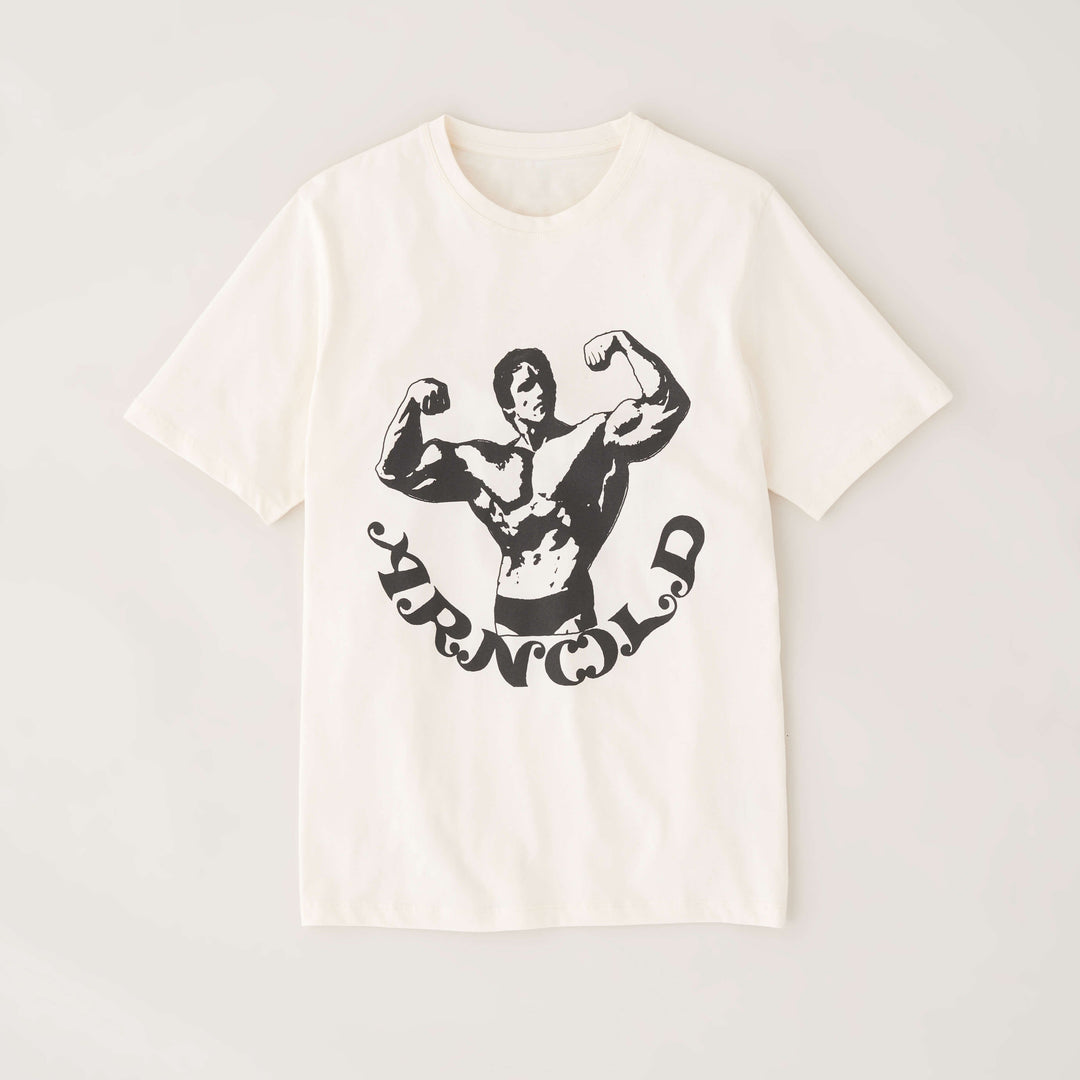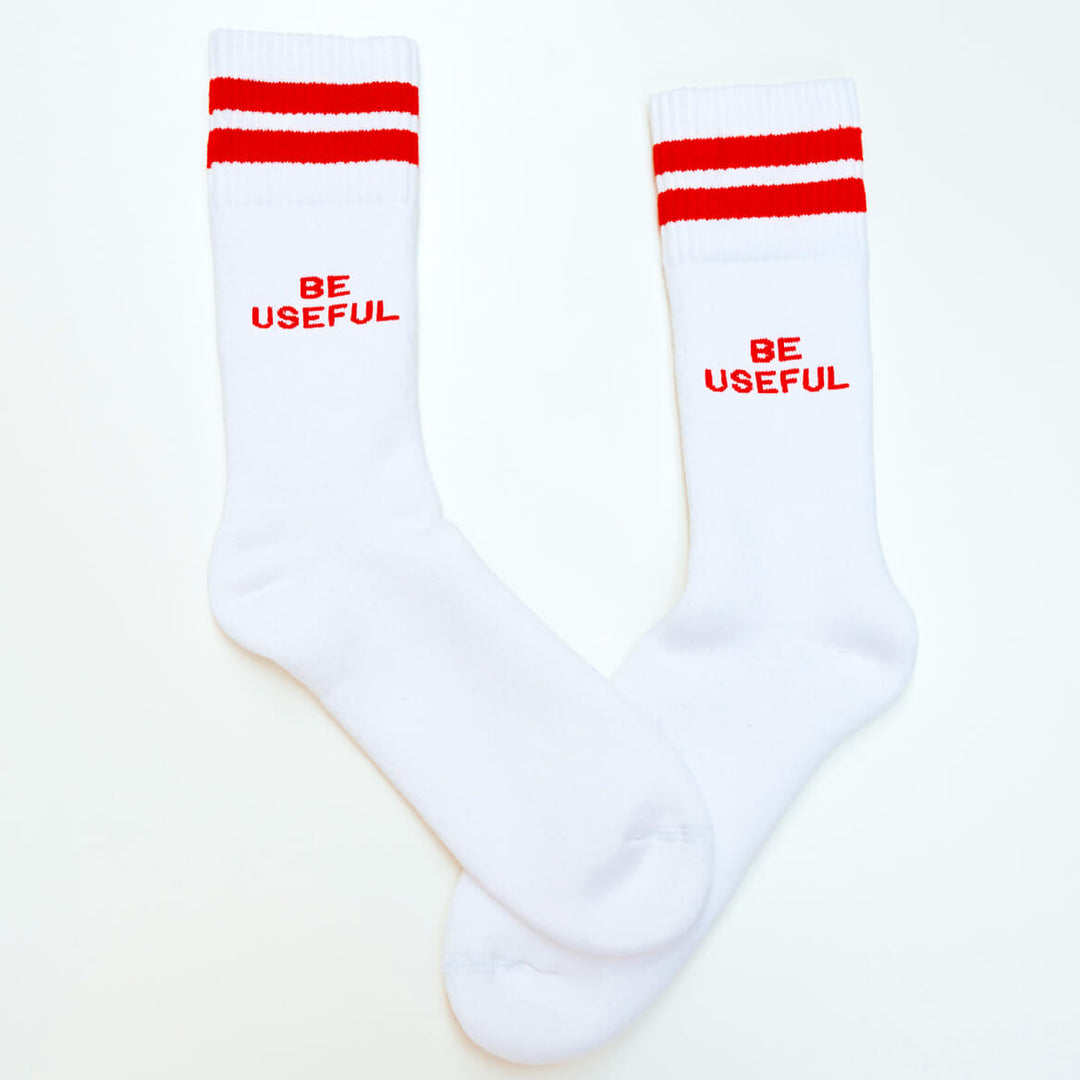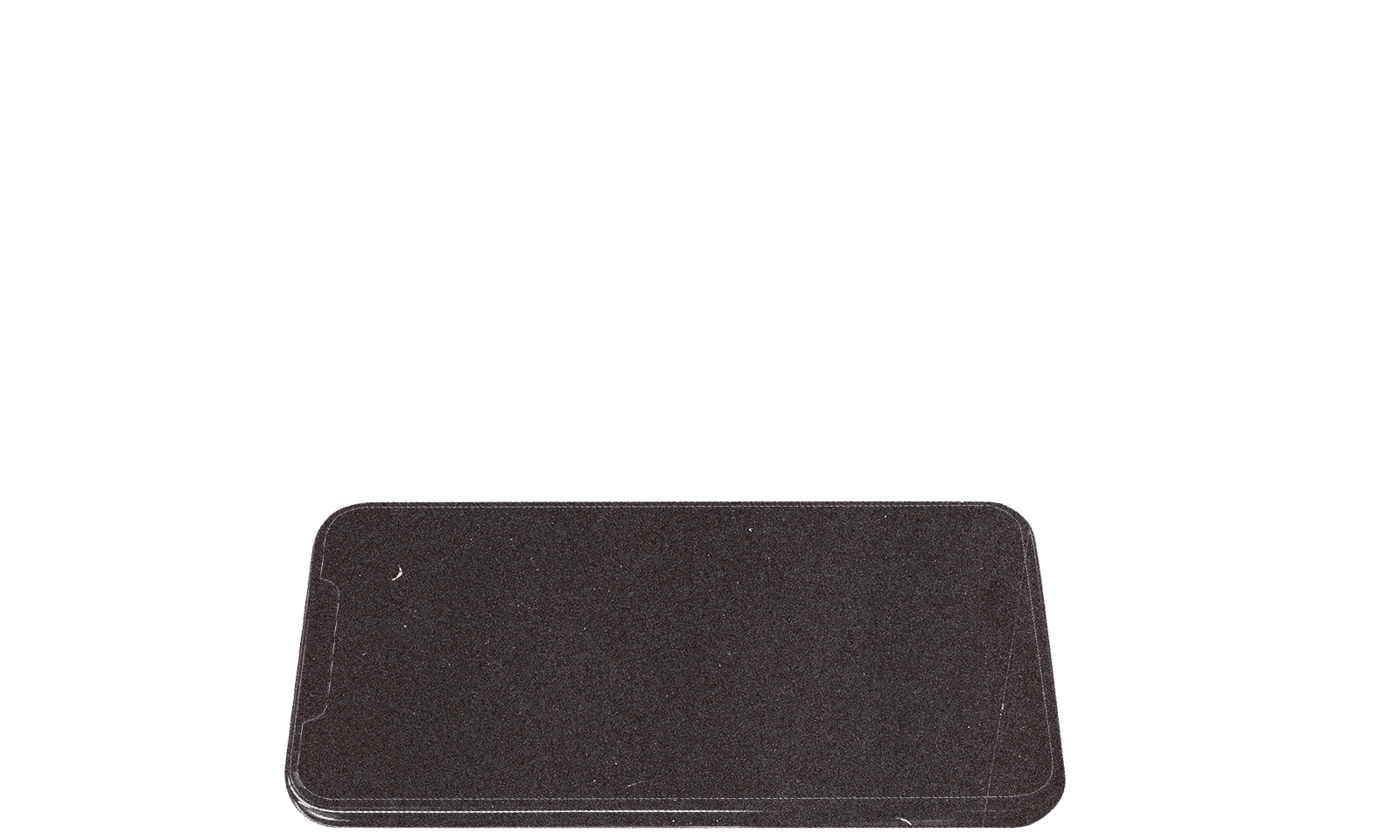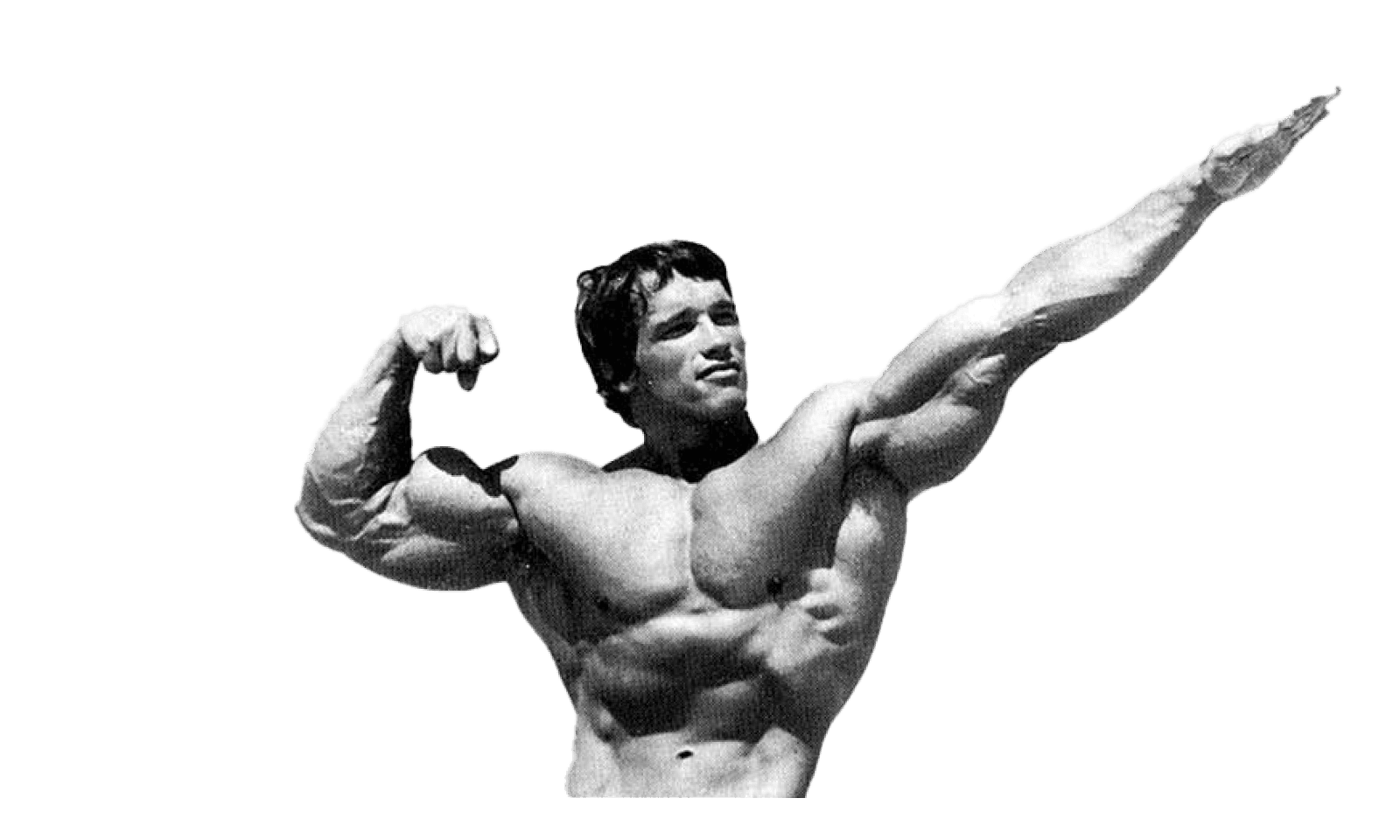Welcome to the positive corner of the internet. Every weekday, we make sense of the confusing world of wellness by analyzing the headlines, simplifying the latest research, and offering quick tips designed to make you healthier in less than 5 minutes. If you were forwarded this message, you can get the free daily email here.
Today’s Health Upgrade
Why more can lead to less
Keep your eyes on the prize
Is it time to start juicing?
What you resist, will persist
Arnold’s Podcast
Want more stories from Arnold? Every day, Arnold’s Pump Club Podcast opens with a story, perspective, and wisdom from Arnold that you won’t find in the newsletter. And, you’ll hear a recap of the day’s items. You can subscribe on Apple, Spotify, Google, or wherever you listen to podcasts.
Fitness
Your Workout Might Designed For Fatigue (Instead Of Results)
When do more sets and reps not lead to more results? More often than you might think.
A new study suggests that simply increasing training volume does not necessarily result in more muscle, meaning you might spend extra time increasing fatigue instead of strength and muscle.
This study looked at trained individuals — an important factor in exercise research — because beginners and untrained people react differently to resistance training than those who consistently hit the gym.
The participants were put through a lower body training program and assigned to one of three conditions: One group (the control) performed 12-14 sets per week per muscle group. Another group increased the volume (more sets) by 30 percent. And a third group increased the volume by 60 percent. All workouts were otherwise the same, and after 8 weeks, the scientists compared results.
At the end of the study, the control group — the one doing the fewest sets — had a similar amount of muscle growth as the other two groups performing more volume, and the control group saw a greater increase in strength (including a nearly 20 percent increase in their 1-rep max on squats).
So what’s going on? It’s something we recently discussed in an exclusive article in The Pump App.
If you’re trying to increase strength and muscle, it’s a balance of pushing intensity and managing fatigue. Each set you perform could contribute to your desired results, but it also means you’re tiring your muscles. This matters because the more fatigue you experience, the less you can maximize the recruitment of your motor units, which play a key role in muscle growth.
That doesn’t mean you shouldn’t feel tired. But it does mean, at some point, the extra sets and reps are just exhausting your muscles rather than helping them grow. This effort — known as “junk rep “ leads to more time in the gym with little to show for your effort.
When you accumulate fatigue workout after workout, soreness can seduce you; it makes you feel like the workout is good, but it could be the reason you see fewer results despite doing more work.
The current study maximized fatigue by performing each set within 1 to 2 reps of failure. That means the participants could only do 1 or 2 more reps on each set before they couldn’t do the exercise with great form. They split the load over two workouts, so each session had approximately 6 to 7 sets per body part, so they could maximize intensity on each muscle before completely burning out.
If you want to see efficient results, doing more reps or chasing soreness isn’t the answer. You want a program that pushes you just enough to grow but not so much that you burn out and plateau.
You need to consider many variables — such as how many days per week you exercise, your experience level, and your goals — when designing a program. But, in general, muscle growth can be maximized with as little as 8 to 12 sets per week per body part (as sometimes up to 20 sets).
If you want to experience programs designed by Arnold, customized to your goals, and adjusted to match what the latest science shows, check out The Pump App. When you sign up now, you get a 7-day trial to see the difference for yourself. And remember, every three months, three members of The Pump app will receive The Iron Ticket to train with Arnold.
Together With Vanta
Keep Your Eyes On The Prize
Long before Arnold Schwarzenegger was a household name, he was an entrepreneur. He built a bricklaying business, launched a mail-order fitness equipment company, and turned his hustle into a diverse business empire.
Today, scaling requires more than hard work—it demands the right tools to help you focus on growth while keeping your foundation strong.
As Arnold says, you must focus on your vision to achieve success. But that means other aspects of your business essential to your success don’t get the attention they deserve.
Meet Vanta—the trust management platform that helps businesses scale faster. Vanta automates up to 90% of the work needed for SOC 2, ISO 27001, and more, so you can focus on the reps that matter.
Like a great training partner, Vanta's helps support your bigger goals so you can keep your eye on the prize.
If you’re an entrepreneur or work for a small business, Vanta can play a key role in helping you take the next step. As a member of the village, access $1,000 OFF Vanta. Sign up yourself or tell your boss that the Pump Club is here to improve the health of your business.
Performance
Is It Time To Start Juicing?
We’re not talking about that type of juice. A new study discovered that beetroot juice improves aerobic performance.
Researchers recently tested female endurance athletes to see if they could boost their workouts with a pre-workout cocktail. One group drank a placebo while the other had about 1.5 ounces (50 ml) of beetroot juice, approximately the amount of liquid in a shot glass.
Compared to the placebo, beetroot juice improved VO2 max by about 5 percent.
The nitrates in beetroot juice help dilate blood vessels, increasing blood flow, allowing for better use of oxygen, and helping the juicers run more efficiently.
For athletes—or anyone looking to improve endurance—this study suggests that beetroot is a low-risk supplement that offers real performance benefits without the side effects of stimulants.
Adam’s Corner
What You Resist, Will Persist
Have you ever felt like you were doing everything right only to still feel so wrong?
For years, I felt like an imposter. I would promote more balance, eating things you love, and not “majoring in the minor.” Because after more than 20 years of helping people achieve the results they dreamed of, the path away from extremes continually resulted in better outcomes.
The problem wasn’t with the accuracy of what I said— it was how I felt when I followed my own advice.
I would tell people to eat Frosted Flakes (or whatever treat you enjoy) without guilt. I would eat and enjoy the cereal but also feel guilty.
I would talk about not sweating days off, and then I would sweat my off days (even though I still took them).
I wasn’t living a lie in my actions, but I wasn’t being honest about how my actions made me feel.
We’re taught that when you take healthy actions, you’re supposed to feel better about yourself. But it doesn’t always work the way you’re told.
At some point, I had to sit down and ask myself, “Why do I feel this way?”
I was unwilling to embrace or accept my emotions for what they were — part of the human experience. Just because we eat better or exercise more doesn’t mean life feels like you thought it would.
Make no mistake: these are good decisions that will benefit you in so many ways. But how you feel about your actions, decisions, and — most importantly — yourself changes much slower than the behaviors themselves.
If you’ve ever tried to lose weight, you might have experienced the frustration of doing everything right but not seeing the scale change. The process can move so slowly that you abandon the behaviors you know are good for you.
One of the biggest lies of the health industry is that when you start making better decisions, everything falls into place, you’ll become more confident, and being healthier will get easier. It sounds great, but it rarely works that way.
That’s why shifting your self-perception is necessary if you want new behaviors to stick. If you can change who you believe you are, it becomes much easier to change your actions.

My salvation occurred when I stopped fighting, ignoring, or denying what I was feeling.
When I learned to accept that sometimes I might still feel guilty or struggle with the inside game, a funny thing happened: I started to feel better and invest more in the process, knowing the outcome would eventually improve.
The more I accepted my insecurities and worries, the less power they had over me. It’s a powerful breakthrough to realize that the things we resist often persist.
If you fight your inactivity, you’ll likely remain inactive.
If you give excuses and hide from reasons you can’t eat better, your eating will continue to be a problem.
If you deny the stress surrounding you, you’ll continue to be controlled by it.
We see this in research all the time. I referenced a study in You Can’t Screw This Up where people were supposed to go one day without eating certain foods, and — in a perfect compensatory reaction — they ended up eating 133 percent more calories.
When changing your life for the better, don’t be surprised if your reality doesn’t match the perfect outcome you expected.
The real health secret is you don’t need a perfect plan to see amazing results. Consistency wins. And that means being consistent when everything is going well and when nothing goes your way. This makes it easier to stick to the plan and keep pushing ahead.
You might still have some struggles or battle thoughts that you don’t like. But, if you can embrace that reality instead of running from it, you can learn to understand your thoughts, co-exist with them, and remove the shame and guilt.
And when that happens, you will change how you think and feel for the better. -AB
—
Publisher: Arnold Schwarzenegger
Editors-in-chief: Adam Bornstein and Daniel Ketchell




